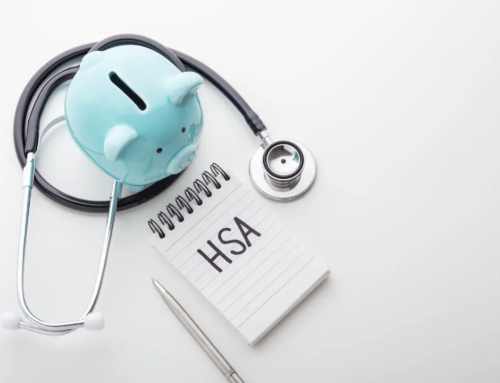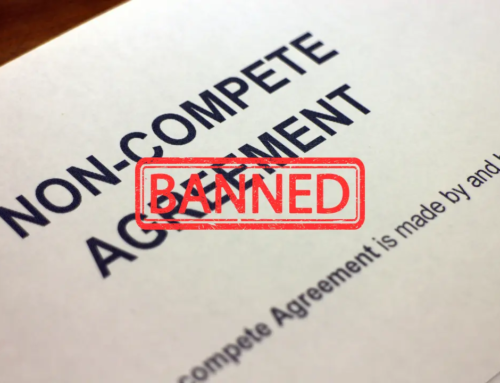In 2015, a report by the Department of Labor revealed that the audits for 39% of employee benefits plans covered by the Employee Retirement Income Security Act (ERISA) were filled with unacceptable yet completely avoidable deficiencies. Many of the audits also fell short of one or more of the Generally Accepted Auditing Standards (GAAS) requirements created by the American Institute of Certified Public Accountants (AICPA).
As a result of these reports, the DOL took action by requesting that the AICPA implement measures to boost the quality of the Employee Retirement Security Act of 1974 (ERISA) plan audits and the auditor reporting processes. As a result, new AICPA Audit Standards were released, known as the Statement on Auditing Standards No. 136 in July 2019. The statement applies specifically to employee benefits plans that are subject to ERISA and includes 401(k) plans, health plans, and welfare plans.
The new AICPA audit standards were originally set to apply to plan periods ending on or by December 15, 2020; however, it was delayed due to the COVID-19 pandemic. Consequentially, SAS No. 136 is now being attributed to plans that end on or after December 15, 2021.
So, what does SAS No. 136 mean for auditors and plan sponsors?
If your ERISA-covered benefits plan is applied to 100 or more participants from the very beginning of the plan year, you’re encouraged to seek the assistance of an independent qualified public accountant to have the plan’s financial statements audited.
In the past, ERISA permitted plan sponsors to opt for a limited-scope audit. This type of audit doesn’t require the auditor to audit the investment information provided by financial institutions, including banks or insurance companies. However, the DOL expressed significant concern about the depth and integrity of limited-scope audits, one of the many factors that resulted in the AICPA’s decision to issue SAS No. 136.
That said, SAS No. 136 also addresses the following:
- Plan sponsors can still opt for limited-scope audits. However, the name of the audit has changed from a limited-scope audit to an “ERISA Section 103(a)(3)(C) audit. Additionally, financial institutions that compile and provide investment information must have the appropriate qualifications to do so. This requires information to be presented to plan sponsors in a way that’s fully consistent with financial reporting standards.
- To ensure greater transparency across the board, SAS No. 136 has updated and revised the types of reports auditors can use when auditing ERISA-covered plans. The auditor must uphold his or her responsibilities throughout the entire auditing process.
- Plan sponsors that decide to carry out an ERISA Section 103(a)(3)(C) audit are required to write a statement to confirm their eligibility for an ERISA Section 103(a)(3)(C) audit. They must also provide a written statement addressing their responsibility.
- Plan sponsors and the preparer of their Form 5500 document must collaborate to ensure the auditor has received a timely and substantially complete Form 5500. Plan sponsors must file a Form 5500 with the DOL every year, regardless of previous filings.
Plan sponsors must ensure the documents and transactions pertaining to their plans are thoroughly accurate. This also applies to those who hire a service provider to take on plan administration tasks. Whether you manage the details of your plans or outsource the management to an expert, it’s imperative you understand your obligations under SAS No. 136.
If you’re looking for assistance with your employee benefits program, reach out to our Inova Benefits team today.




